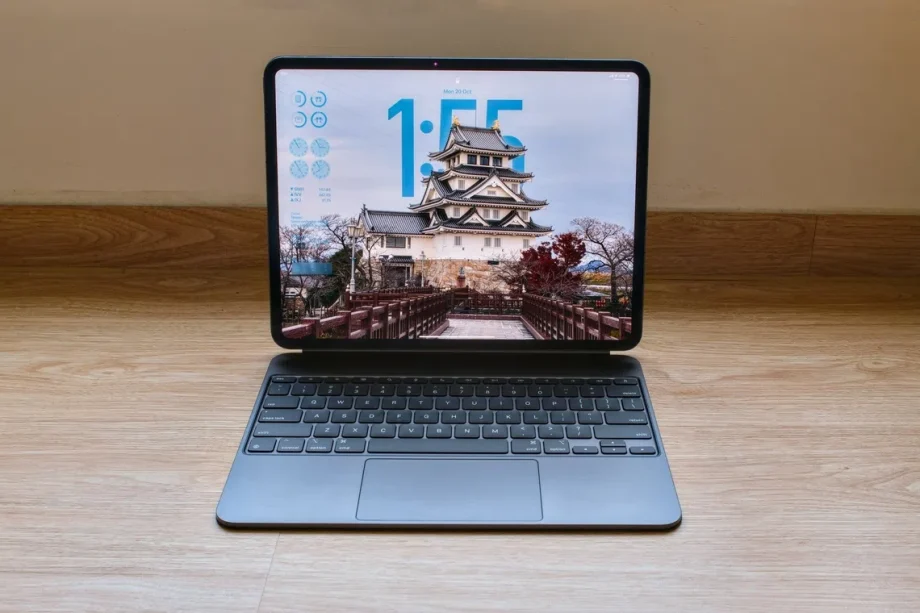I’ve long regarded the iPad Pro as the most impressive piece of hardware Apple makes. It has an amazing display, delivers desktop-class levels of performance, all in a chassis that’s only 5.1mm thick. And now, there’s a new version. It’s mostly a spec-bump update. Physically, it’s identical to its predecessor, but inside, it’s packing Apple’s newest M5 chip. As usual, Apple promises the new iPad Pro to be faster and more efficient, and I have no doubts it will be. But things are more interesting now that Apple has finally released iPadOS 26, which brings significant changes to the way an iPad works and what you can do with it. Surely, this makes the new iPad Pro is much more compelling device for customers?
What’s new

The 13-inch model, which I’m testing, is just 5.1mm thick.
Photo: HWZ
This new iPad Pro is a spec-bump upgrade, which means most of the changes and improvements are on the inside. What you need to know first is that the new iPad Pro is physically identical to last year’s models. Their dimensions and weight are completely unchanged. This means they are extremely slender. In fact, the 13-inch iPad Pro, which is a mere 5.1mm thick, is the thinnest Apple device ever – slimmer even than the iPhone Air.
The big updates are under the hood, and they are:
- New M5 chip
- N1 wireless chip
- C1X cellular modem
Though the new M5 chip is the star, what I find more interesting is that the iPad Pro is also getting Apple’s new N1 wireless chip and C1X cellular modem. These wireless solutions made their debut in the iPhone 17 series. Clearly, Apple intends to use them in more of its products. The N1 chip supports Wi-Fi 7, Bluetooth 6, and Thread home networking. This is great to see, because one of my complaints about the last-generation iPad Pro was that it only supported Wi-Fi 6E, which has its limitations. As for the C1X modem, Apple claims it offers 50% faster cellular data performance. It’s worth pointing out that this iPad Pro, like its predecessor, is eSIM-only.
A primer on M5

The M5 chip promises even better performance and efficiency.
Photo: Apple
The M5 chip is built using a third-generation 3nm process, and Apple claims it’s more powerful and efficient. There are improvements to the CPU, GPU, as well as to the memory and storage subsystems.
The core configuration is unchanged, so it still comes in two variants depending on the amount of storage. iPad Pros with 256GB and 512GB of storage have chips that come with 9 CPU (3 performance cores, 6 efficiency cores) and 10 GPU cores, whereas the models with 1TB and 2TB of storage get chips with 10 CPU cores (4 performance cores, 6 efficiency cores) and 10 GPU cores. It’s unlikely there will be a great difference in performance, but it’s worth keeping in mind if you want the best-performing iPad.

The USB-C port supports Thunderbolt 3 and USB4, which means transfer speeds of up to 40Gbps.











